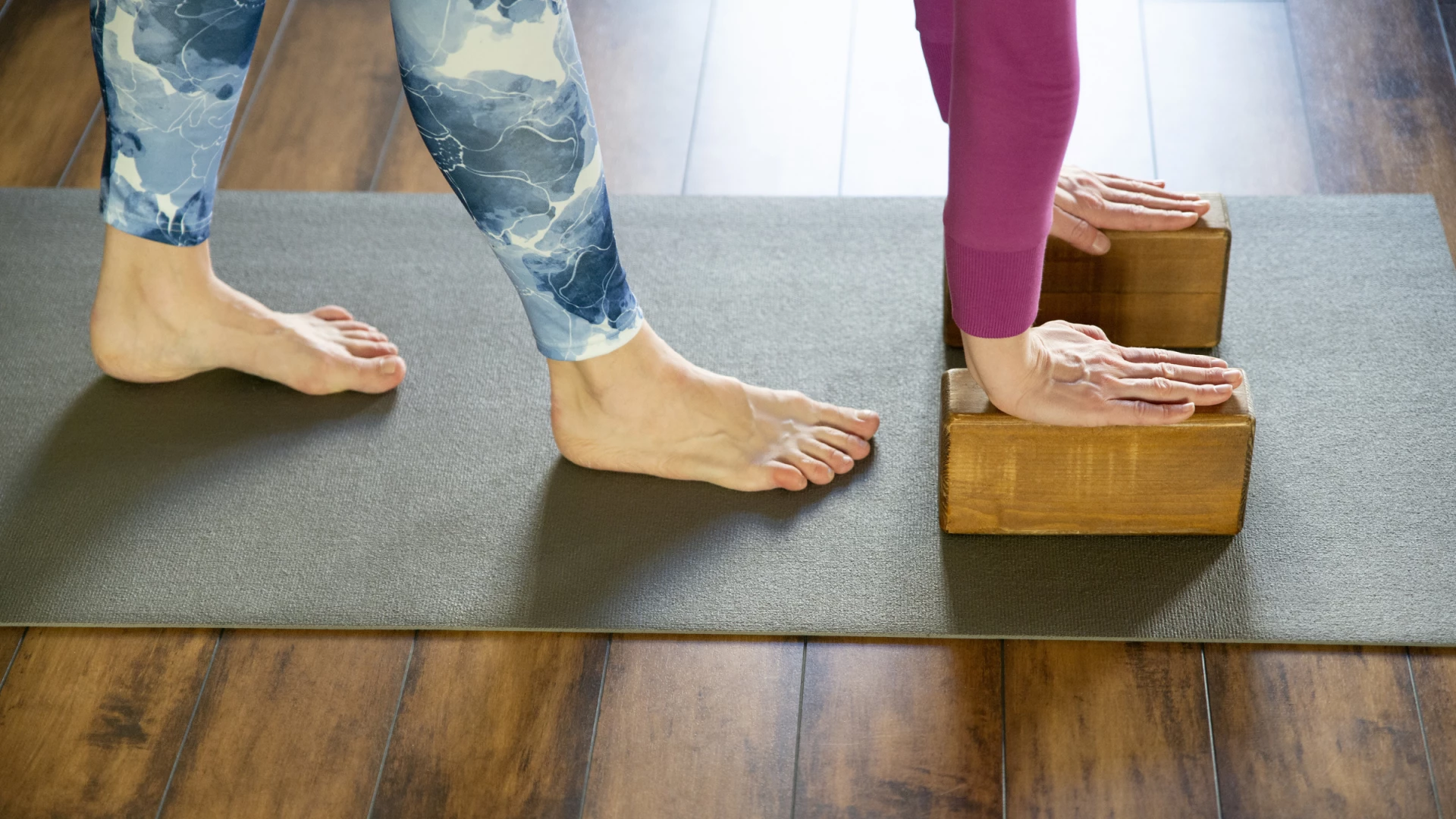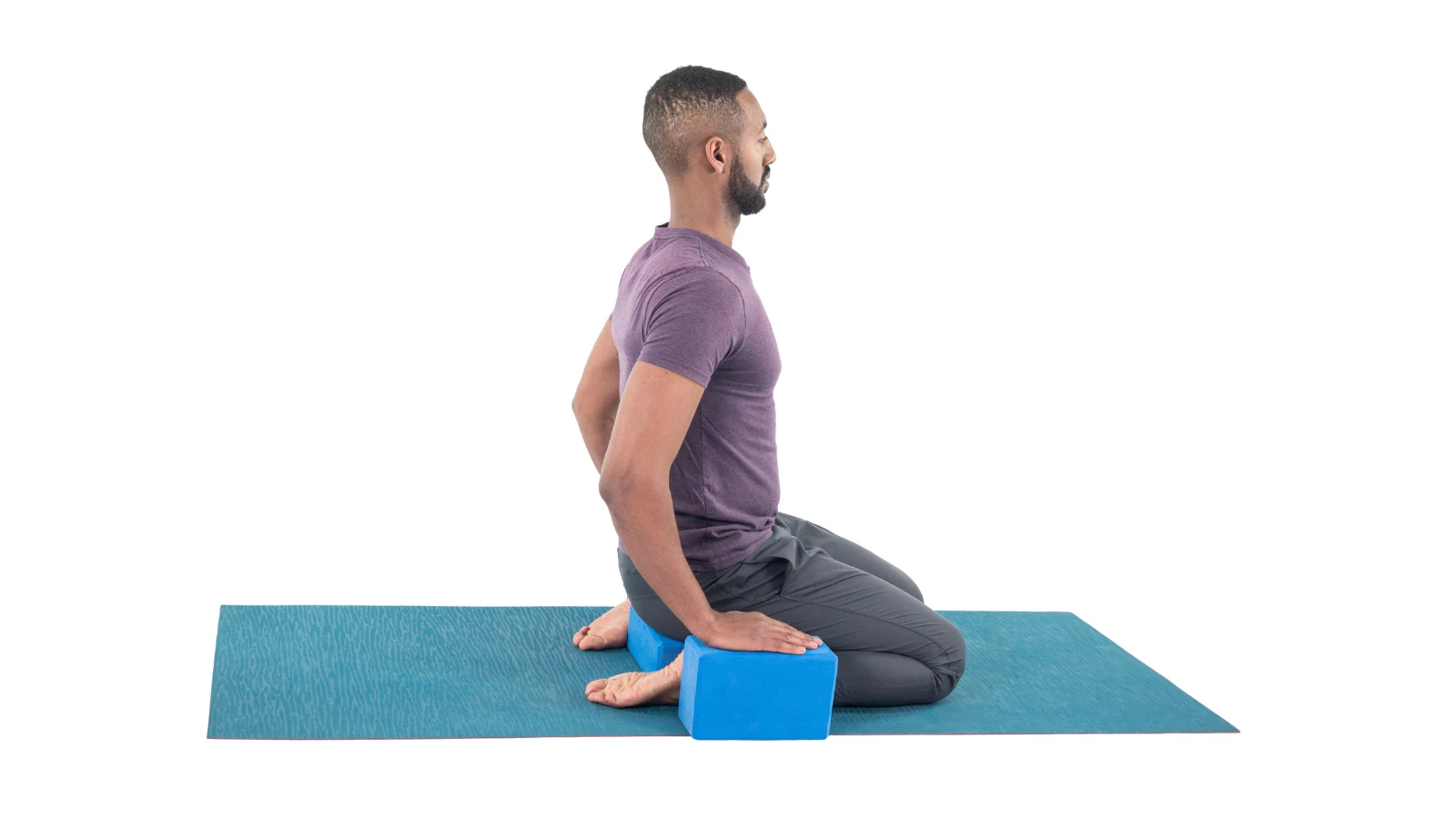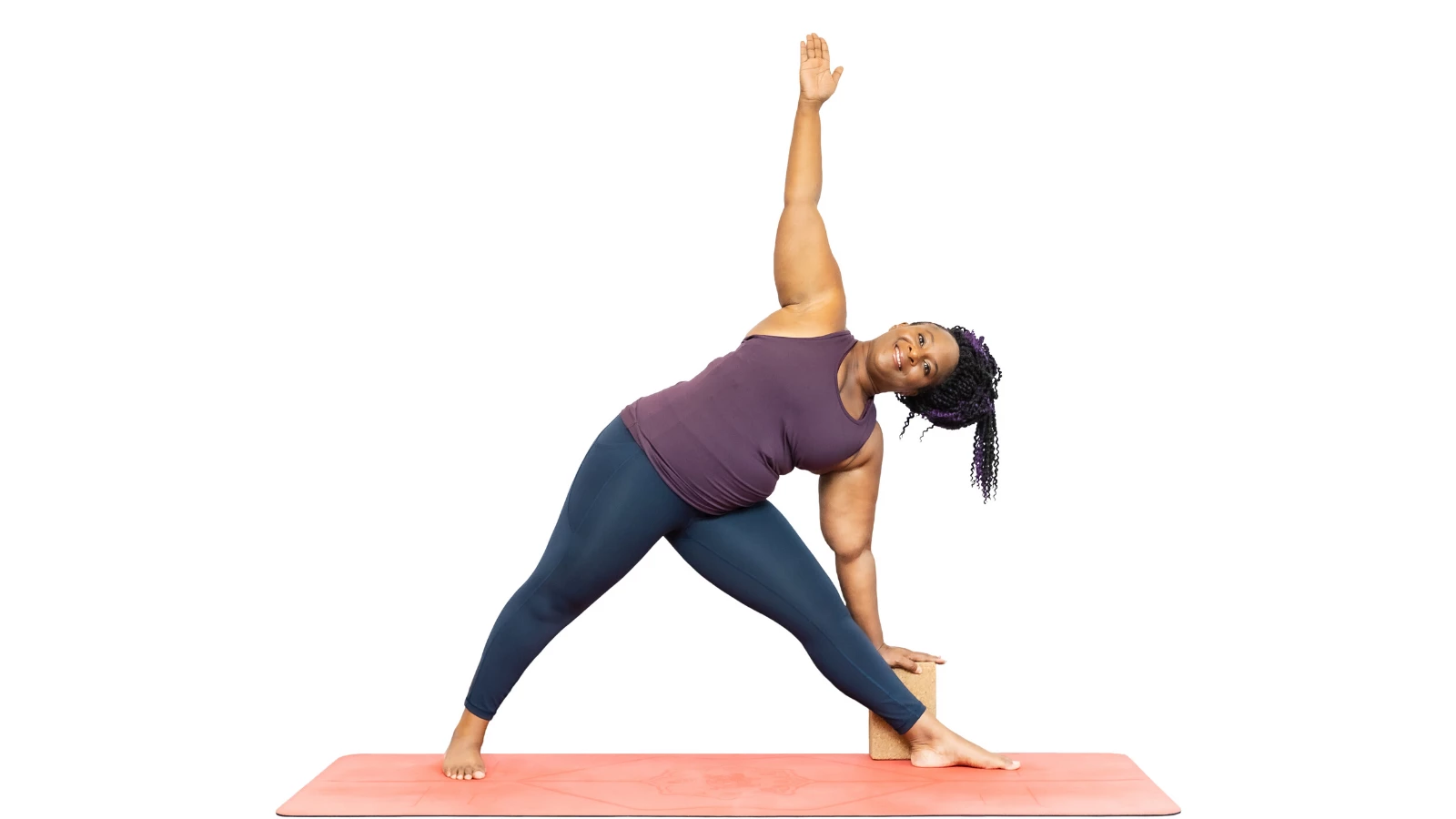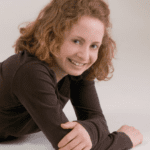Not Just for Beginners: A Yoga Sequence with Blocks

Those first few yoga classes—there’s physical discomfort, maybe even pain, but also a curiosity or just some mysterious force that keeps a beginning student coming back for more. Before long, they are coming to the studio and soaking up all of the knowledge about the practice that they can. Even while intensely curious and learning more with every class, they resist using blocks out of not wanting to seem like a “beginner.” As they delve deeper into practice—the nuances of asana, pranayama, philosophy, and meditation—they come to see that blocks are in no way just for beginners.
The student learns that yes, blocks can support beginning students. But blocks can also support even the most experienced students whose anatomical structures make executing certain poses without props unstable and potentially injurious. Blocks can also help them advance in practice, the student learns.
Perhaps one teacher shows them ways to use blocks for strength building, such as holding a block in between the inner thighs in Boat Pose (Navasana) and Fierce Pose (Utkatasana). Another shows them how to use blocks to experience proper alignment and muscular engagement kinesthetically, such as holding a block in between the palms to experience proper engagement and placement in Upward Hands Pose (Urdhva Hastasana). Yet another teacher shows them how to create space through the spine in a challenging pose, such as using a block under the lower arm’s hand in Extended Side Angle Pose (Utthita Parsvakonasana).
The student is learning all of the wonderful ways that blocks can enhance asana practice, no matter how long they’ve been practicing or how “good” or “not good” at yoga they are—qualifiers that aren’t quite fitting when it comes to yoga practice, but that’s a complex conversation for another day. The following is a short sequence highlighting some of the ways so that you can try them yourself. All you need is two blocks, a mat, and 10 minutes. Let’s jump in!
How to Use Yoga Blocks for Strength and Ease
Have two blocks within reaching distance. If you have time, warm your body up prior to practicing the following sequence with a few sets of Cat/Cow Pose (Marjaryasana/Bitilasana) and a few Sun Salutations (Surya Namaskar). If you jump right into the practice, proceed cautiously and pay particular attention to any messages that your body might send you at any point.
Hero’s Pose (Virasana) with a Block

- Place a block on its lowest height, the “wide” way, its short edge parallel to the long edge of your mat.
- Come to Tabletop Pose (Bharmanasana). Separate your feet hip-width apart so that your ankles are on either side of the block and the tops of your feet are on the floor. Sit back onto the block, bringing your torso to an upright position. Gently hug your heels into the block.
- Check-in with any notable sensations in your legs, and your knees in particular. If there’s any pain in your knees, you can add another block (or a blanket, if you have one handy) underneath your hips.
- Feel a rooting in your seat, with the sturdy support of your block, as well as a rising of your spine out of that stable foundation, from your pelvis up out through the top of your head.
- Close your eyes, if it’s comfortable for you. If it’s not, gaze softly forward. Check-in with what your body is telling you. Note what it feels like to have the support that the block offers.
- Take 5 to 10 breaths, and longer if you’d like and have the time, building a full and fluid breath.
How to Use Blocks in Downward-Facing Dog Pose (Adho Mukha Svanasana)

- Rise onto your knees and grab the block out from under you. Grasp the other block with your free hand. Place them at the top of your mat.
- Come to a Tabletop Pose (Bharmanasana), and then walk your hands toward the top of your mat about the length of one handprint.
- Lift your hips to the sky to come into Downward-Facing Dog Pose. Feel your pelvis rise, activating your strong legs to assist with that action. Scoop your belly in toward your spine to protect your back, and push through the whole of both of your palms to protect your wrists.
- Take a few breaths here. Try to find that fluid, full breath again. What is the experience of this pose for you today?
- Then grab a block with each hand, dropping your knees in order to do that if you need to. Place your hands on your blocks, on their lowest height. Press into your blocks, one under each hand.
- Note what it’s like to practice this pose with the assistance of blocks. How does it differ from doing so without blocks? Can you engage your legs more and lift your pelvis higher? Do you feel more spaciousness through your arms, shoulder girdle, and neck? Is there anything that the difference here (of practicing with this pose with blocks versus without them) can teach you?
Triangle Pose (Trikonasana) with a Block

- From Downward-Facing Dog Pose, step your right foot forward, next to your right thumb, letting your left heel rise. You will be in a High Lunge Pose (Anjaneyasana). Let your spine lengthen forward, keeping your neck as long as possible. Drop your left knee and/or wiggle the right foot up toward your thumb if you need to.
- Drop your back heel to create an angle in your back (left) foot as if setting up for Warrior I or II (Virabhadrasana I or II). Push down through your back pinky toe while lifting up through the insteps (but keep pushing into that left big toe mound).
- Straighten out your front knee, taking the block in your right hand to whatever height you need in order to keep your side bodies long rather than curved, while you straighten your right leg. Let your breath support that length.
- Shine your heart up to the sky, opening up through your chest. Continue to breathe length into your side bodies. Look up at your top hand, so long as it doesn’t bother your neck.
- For just a moment, refocus on the foundation of the pose in your legs. Feel your right sitting bone gently pull toward your left heel. Feel your top (left) hip dropping toward the ground, even as your bottom (right) lung tries to shine upward. Imagine those two body parts trying to peek at each other! Note the support that block offers and the expansiveness in your body that it makes possible.
- Take 5 to 10 breaths. Can you feel longer through your spine as you breathe in, and find more twist through it as you breathe out? When you’re ready, step back to Downward Facing Dog Pose and then take the pose on the other side.
Standing Forward Bend (Uttanasana) with Blocks

- Step your back foot to your front foot, your feet hips-distance apart. If you’re not sure what that is, place two fists in between your insteps. This should be approximately hips-width.
- Place your blocks in front of your feet and rest your hands on them, at any of their three possible heights. For a deeper stretch, place the blocks on the outside of your feet. Either way, keep a soft bend in your knees.
- Refine the pose by feeling your tailbone rise skyward, lifting through your insteps while keeping pressure through your big toe mounds, and pushing through the outer edges of your feet. Find ease by softening through your neck, jaw, and shoulders.
- Breathe into this stretch for 3 to 5 breaths. Notice the support and grounding that the blocks offer.
- For even more ease, take Ragdoll Pose by grabbing opposite elbows. Find movement and flow with a gentle sway, if that feels like what your body needs today.
- Take a quick final meditative movement with a favorite mantra, setting an intention for the rest of your day, simply focusing back on the rhythm of your full and fluid breath, or anything else that helps you find greater calm, focus, and joy.
- Slowly rise to standing, through a flat back, when you’re ready. Can you carry that calm, focus, and joy into the rest of your day?
Also, read...
Warrior I Pose: 5 Strengthening Variations
Deepening Your Home Yoga Practice: An Interview with Judith Hanson Lasater
4 Easy Ways to Use a Sandbag in Yoga Practice
Related courses
Breath as Medicine: Yogic Breathing for Vital Aging
Yoga and Myofascial Release: Releasing Chronic Tension with the Bodymind Ballwork Method

Kathryn Boland is an RCYT and R-DMT (Registered Dance/Movement Therapist). She is originally from Rhode Island, attended The George Washington University (Washington, DC) for an undergraduate degree in Dance (where she first encountered yoga), and Lesley University for an MA in Clinical Mental Health Counseling, Expressive Therapies: Dance/Movement Therapy. She has taught yoga to diverse populations in varied locations. As a dancer, she has always loved to keep moving and flowing in practicing more active Vinyasa-style forms. Her interests have recently evolved to include Yin and therapeutic yoga, and aligning those forms with Laban Movement Analysis to serve the needs of various groups (such as Alzheimer’s Disease patients, children diagnosed with ADHD, PTSD-afflicted veterans – all of which are demographically expanding). She believes in finding the opportunity within every adversity, and doing all that she can to help others live with a bit more breath and flow!




